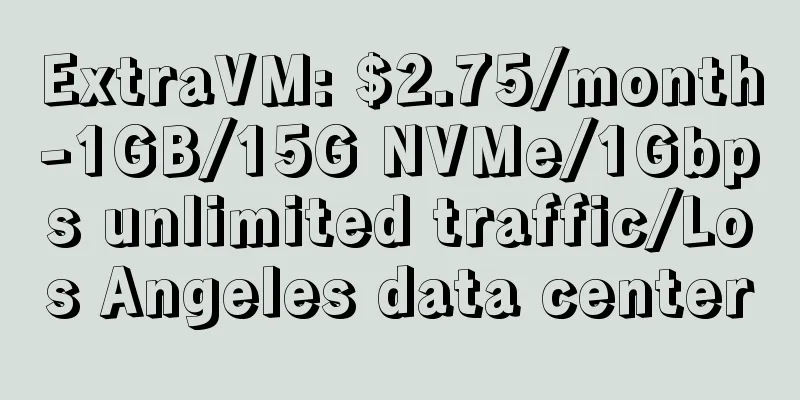How to integrate data protection in the data center

|
Data protection systems can sometimes seem like they were put together by an installer using mismatched components. The problem in most organizations is that data protection software and even data protection hardware has been around for a while. As new technologies like virtualization and cloud join the IT toolkit, how do you integrate them into existing data protection systems? Some vendors are taking a new approach, throwing out the old approach and redesigning a data protection system from scratch for today's data center.
Integrated Data Protection Considerations The first challenge that IT professionals face when considering an integrated data protection solution is how to choose from the various types of integrated data protection products. The first approach, using a backup appliance, integrates the backup software with the physical server, which means that the software is pre-installed and may be integrated with some specific hardware. Another type of integration is when a data protection hardware vendor -- what we know as a hard drive-based backup appliance -- optimizes the hardware for another vendor's software. For example, if the software has a boot-from-backup feature, the backup hardware vendor places the latest version of the backup data on the highest-performance tier of storage media, even flash, so that when a volume is booted from the backup, performance is acceptable. The third type of integration, a newer approach, comes from hardware vendors who are designing more economical and scalable secondary storage. They are not used as an interface to data protection products, but work with the environment in which these products exist. Backing up hypervisors like VMware and Hyper-V, or applications like Microsoft SQL Server and Oracle. In some cases, they work with primary storage hardware vendors to copy snapshot data directly to their secondary storage systems. The fourth type of integration is to the cloud, which in some cases is more like a connector, in which case the cloud becomes another storage target for the backup software or hardware vendor. Older backup sets are archived to the cloud. A different form of cloud integration is where the backup software places the primary backup or even all copies of the data in the cloud, but the backup software caches the latest backup locally, which allows for limited storage space in the data center. And most of these vendors can start virtual machines in the cloud, providing excellent disaster recovery capabilities. Sacrifice of flexibility All of these integration solutions come with a trade-off in flexibility. For data centers, one constant is change, and the data in today's data center has little in common with the data in tomorrow's data center. So no matter how modern the data center becomes, the data protection process will always exist. The protected data set may be used again in a few years or even a dozen years, even if the application that created it is retired. Integrated systems tend to be use case specific, protecting a specific environment or offering a compelling feature, such as recovery in the cloud. Different integration approaches have varying degrees of inflexibility. The first approach to integrating appliances is probably the most restrictive. In this case, both the hardware and software serve a single purpose. Adding new hardware is difficult, and replacing the software is nearly impossible. The other two approaches, which use software running on computers at the user's or the organization's premises, offer more flexibility. The organization is trying to standardize the software so that it can support a wide variety of data protection hardware or enable data protection hardware to receive data from a wide variety of data protection software. Cloud data protection also has limited flexibility to varying degrees. Some cloud providers offer a complete one-stop service. They provide backup software, use the software to back up data to their local cache, and then replicate the data to their cloud. Customers will be 100% dependent on the one-stop cloud protection service provider. Other approaches offer greater flexibility, most commonly software that allows data to be backed up to a public cloud of the customer's choice, including their own private cloud. Is it worth it? An integrated data protection solution ensures ease of use. Ease of use can be divided into two aspects: initial deployment and implementation and subsequent operation. Integrated products - either an all-in-one appliance or a one-stop cloud - make deployment a breeze, which would be more troublesome to deploy in other ways. But they can provide greater flexibility as the organization grows and the data center evolves. A key factor is change. If the data center is relatively static, with no new applications or initiatives other than growth in capacity requirements, then the data center is stable and a one-stop solution may be ideal. However, if the data center is changing rapidly to adapt to the needs of the organization, then incorporating more flexibility is a reasonable requirement. |
<<: Machine Learning in Blockchain Technology
>>: Shi Kai: ThoughtWorks creates a competitive advantage for you
Recommend
Users say | "Double High Construction" improves the level of informatization: Etherlight helps Xi'an Railway Vocational and Technical College in its intelligent digital transformation
Introduction: Xi'an Railway Vocational and Te...
This article explains in detail the discovery and processing of BigKey and HotKey in Redis
[[420295]] 1. Introduction When using Redis, we o...
Millimeter wave is imperative to unleash the full potential of 5G!
As my country's 5G network construction scale...
With the accelerated development of 5G technology, what challenges does the data center face?
Memory security is not a new concept, but the sur...
OneTechCloud VPS quarterly payment 20% off starting from 64 yuan/quarter, US CN2 GIA/CN2 High Defense/Hong Kong CN2/Japan CN2 and other lines
OneTechCloud is a Chinese hosting company founded...
What is the difference between China Telecom’s quantum encryption, quantum speed reading, and quantum energy bar?
[[377345]] Some time ago, China Telecom launched ...
Huawei hosted the "Network-based Intelligent Manufacturing for the Future" Advanced Industrial Network Forum
On September 16, during the China Industrial Inte...
Using Jenkins to create continuous integration for microservice applications
Experience Overview This scenario guides you to d...
GigsGigsCloud:$16/month KVM-1GB/30GB/1TB/1.6T High Defense/Los Angeles CN2 GIA+AS9929
GigsGigsCloud is a long-established foreign hosti...
This year we have seen the rapid and joint development of artificial intelligence and 5G
For the first time, RedMonk replaced Java in the ...
AI and 5G synergy: Unleashing the full potential of the digital age
In the evolving technology landscape, two breakth...
Mastering the "gold mine" of To B resources, operators' path to gold mining in the Internet of Things
Last week, in the article "Why has the Inter...
Let’s talk about the stories behind Cookie, Session and Token
Hello everyone, I am Director Dabai(●—●). Today I...
Cloud Data Center in the "Internet +" Era
Recently, the concept of "Internet +" h...
What is a Computer Network Hub?
Quick definition: A computer network hub is a lay...









